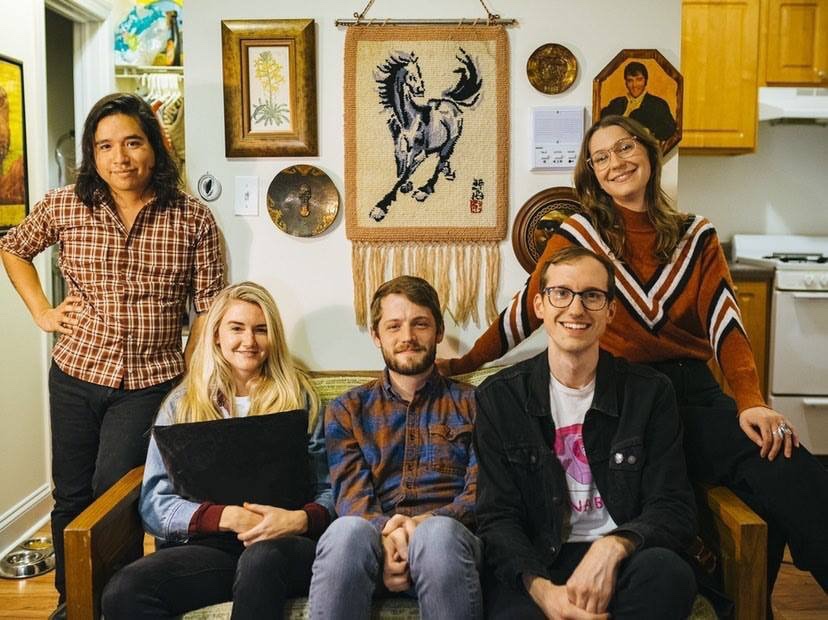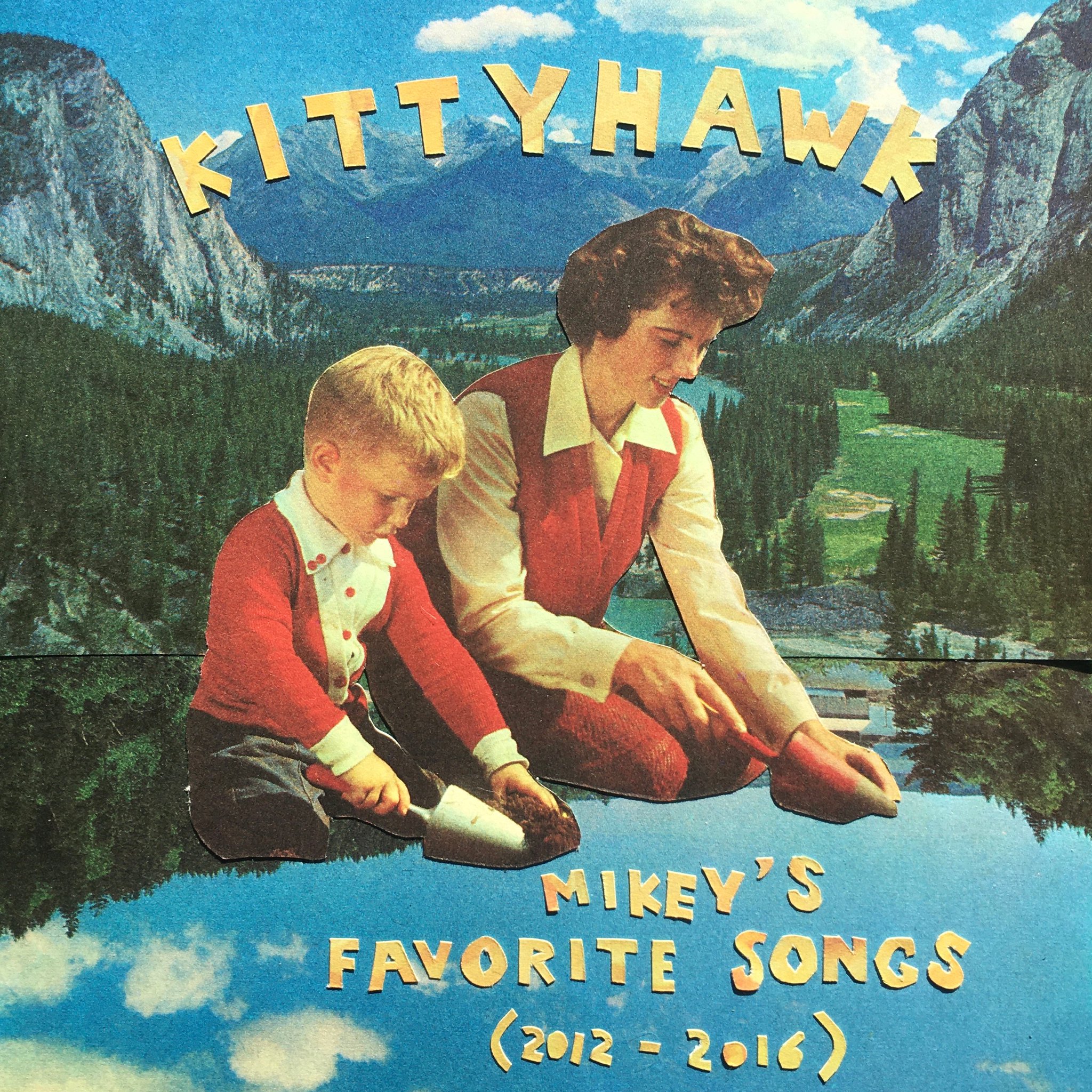Kittyhawk - Sound In The Signals Interview
I recently had the opportunity to interview Mark Jaeschke of Kittyhawk ahead of the release of their new album, ‘Mikey’s Favorite Songs’. The compilation features remixed and remastered songs that were released digitally and on tape for the first time today. We discussed how the band chose to arrange the tracks, the song he is most excited for listeners to hear, not letting go of an idea until he sees it through, how the physical release and artwork can serve as a continuation of the album, and more. Check it out below.
First, thanks for the interview.
You're quite welcome! We're happy to be here, wherever "here" is.
You recently announced your compilation of unreleased songs, ‘Mikey’s Favorite Songs’. Can you tell me a little about the songs included and how you picked what songs would be featured on the compilation?
So, for clarification, all of these songs have been released previously! This is the first time the songs from our splits and comps have been made available on the major streaming services. Mikey's Favorite Songs chronologically shares our recordings done with our friend Mike Crotty and because of the inconsistencies of getting things on the Internet, many of these songs have previously been un-streamable on Spotify and whatnot.
Do you have a favorite song from this compilation? Do you have one that you’re most excited for people to hear?
The song Food Fight, in its original mix, suffered from a really obnoxious Mineral worship guitar part I wrote and a keyboard tone that was a bit too sharp for the song's well-being. The version of the song you'll hear here was remixed towards the end of 2019 (time flies when you're in the midst of a global pandemic) and allows the song more breathing room. I've always thought it was a higher-tier song, and I think this new mix accentuate that.
Track sequence can be important with releases like this. How long did you work on the track list and what type of flow did you want it to have?
As mentioned, we wanted this comp to be presented chronologically. I think it's an interesting tunnel to dive into how we worked as a band. You'll hear early songs that were trying really hard to fit into a certain definition of "emo" as well as trakcs that were reaching towards more diverse sounds and interesting arrangments.
You’ve all been in previous bands. How does your experience in those bands impact song writing and the way you work together in Kittyhawk?
I suppose I can only speak on my behalf here, but I think most of my collaborative tendencies stem more from what I grew up listening to, with less relying on dramatic interpersonal relationships. Growing up, my favorite band was The Smashing Pumpkins, and I frequently reflect back to their song "Thru The Eyes of Ruby", where Billy Corgan tracked around 70 guitar parts in the song to show up rest of his band. While I don't fall into the "shame your friends by writing a million parts" track, when I hear something, I don't let go of the idea until I see it through. Especially in Kittyhawk's later tracks, I think this relentlessness is visible. When you know what is "right" for a song, follow it through.
You’re releasing a cassette for this as well. How important is it to your band to release things like cassettes and vinyl releases?
We all enjoy the physical. The tangibility of being able to hold the artwork, to read the liner notes, etc. is something we all grew up with through our parents record collections and even us buying CDs growing up. I think, when done thoughtfully, the artwork serves as a continuation of the album and in some cases (ex. the first American Football album, David Bowie's Alladin Sane) become just as well-known and adored as the songs that reside within.
How involved was the band in designing the layout and choosing the cassette shell color for this release?
I think Erik was the driving factor here. He suggested the artist, Dylan England, whose work we all really fell in love with. I'm a huge fan of collage as an artistic practice; being able to look at a collection of disparate images and envision a way for them to blend together is just astounding to me, and we thought that the playfulness of the artwork fit perfectly with the songs. Dave Sagan, our buddy from Ratboys did the layout work and we probably just picked some colors that looked nice with the artwork for the cassette. I don't think the color of the shell really has been of much consequence for us; we once did a variant for our LP that looked like a cracked egg because we thought it was dumb and funny. I think the colors were piss yellow and clear.
Thanks for taking the time to answer the questions. Do you have anything else that you would like to add?
Take care of your neighbors, don't talk to cops, and wear your mask.
Follow Kittyhawk:
Follow Sound In The Signals:







No comments: